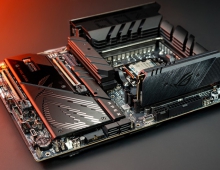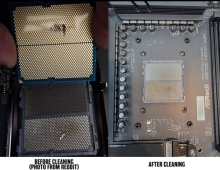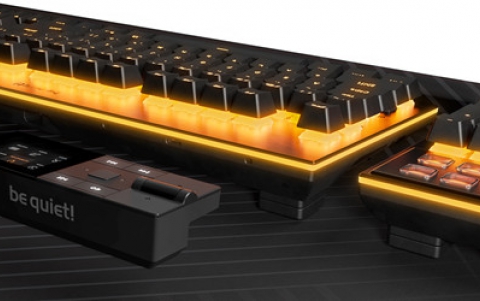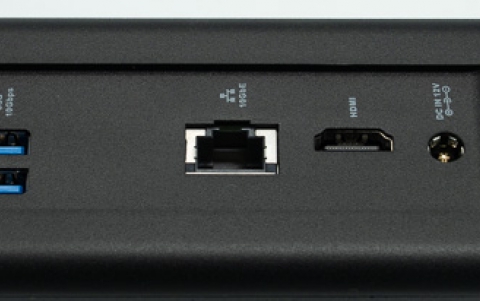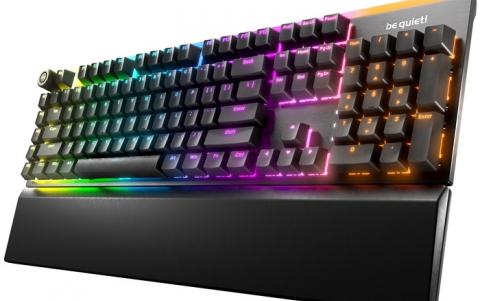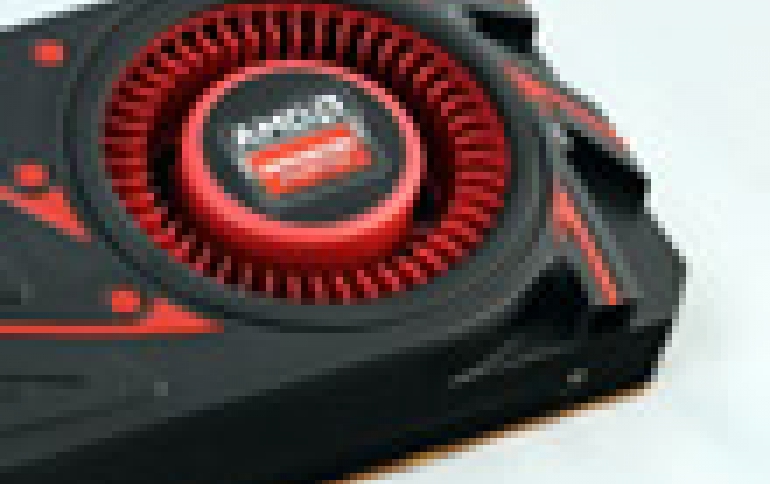
AMD Releases The $399 Radeon R9 290 Graphics Card
AMD recently released its new flagship GPU, the Radeon R9 290X. The high-end graphics processor forced Nvidia to aggressively cut the price of its GTX 780. But the release of the $399
Radeon R9 290 sends another ripple into the competitive
landscape.
With the AMD Radeon R9 290, AMD is cutting down on both the
number of functional units and the clockspeeds in exchange for
a lower price.
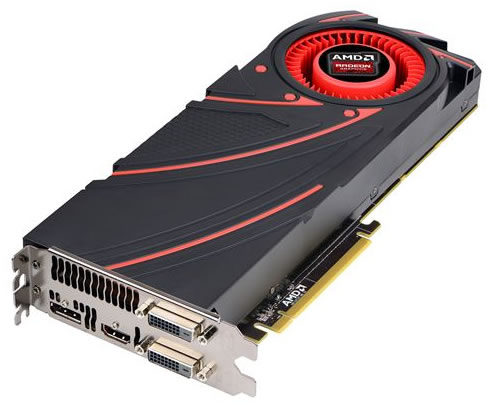
For the Radeon R9 290, AMD has cut the number of CUs from 44 to 40 while adjusting down the base GPU clockspeed and boost GPU clockspeed to from 727MHz and 1000MHz to 662MHz and 947MHz respectively. But the amount of memory, the memory clockspeed, the memory bus width and the number of ROPs have all remained unchanged compared to the R9 290X: 5GHz for the memory clockspeed, 512-bits for the memory bus width, and 64 ROPs. All these mean that the differences between the 290 and 290X should be limited to the clockspeed differences and the reduced number of CUs.
As it did with the release of the 290X, AMD has not provided TDP details for the new 290, which is estimated to have a nearly identical TDP to the 290X, right 300W.
The Radeon R9 290 isbuilt on AMD?s Graphics Core Next (GCN) architecture and supports AMD's Mantle API as well as the AMD TrueAudio technology, which has been designed to surround gamers with realistic audio environments through stereo headsets and speakers using a dedicated audio processor built into the GPU core.
AMD is launching the 290 at a very aggressive price of $399, competing with AMD's own $549 290X and the $299 280X. On the NVIDIA side the competition will be the $499 GTX 780 and the $329 GTX 770.
NVIDIA for their part will have their 3 game Holiday GeForce Bundle on the GTX 780 and GTX 770.
And according to the first reviews that have surfaced online, AMD has managed to offer possibly the best graphics card out there for $399. It is significantly faster than the $500 GeForce GTX 780 while it remains very close to the $550 Radeon R9 290X's performance.
Nvidia's 780 Ti is just around the corner but still, Nvidia will possibly have to cut the price of its existing GPUs even more in order to compete with AMD.

For the Radeon R9 290, AMD has cut the number of CUs from 44 to 40 while adjusting down the base GPU clockspeed and boost GPU clockspeed to from 727MHz and 1000MHz to 662MHz and 947MHz respectively. But the amount of memory, the memory clockspeed, the memory bus width and the number of ROPs have all remained unchanged compared to the R9 290X: 5GHz for the memory clockspeed, 512-bits for the memory bus width, and 64 ROPs. All these mean that the differences between the 290 and 290X should be limited to the clockspeed differences and the reduced number of CUs.
AMD Radeon R9 290X |
AMD Radeon R9 290 |
AMD Radeon R9 280X |
AMD Radeon HD 7970 |
|
| Stream Processors | 2816 |
2560 |
2048 |
2048 |
| Texture Units | 176 |
160 |
128 |
128 |
| ROPs | 64 |
64 |
32 |
32 |
| Core Clock | 727MHz |
662MHz |
850MHz |
925MHz |
| Boost Clock | 1000MHz |
947MHz |
1000MHz |
N/A |
| Memory Clock | 5GHz GDDR5 |
5GHz GDDR5 |
6GHz GDDR5 |
5.5GHz GDDR5 |
| Memory Bus Width | 512-bit |
512-bit |
384-bit |
384-bit |
| VRAM | 4GB |
4GB |
3GB |
3GB |
| FP64 | 1/8 |
1/8 |
1/4 |
1/4 |
| TrueAudio | Y |
Y |
N |
N |
| Transistor Count | 6.2B |
6.2B |
4.31B |
4.31B |
| Typical Board Power | ~300W |
~300W |
250W |
250W |
| Manufacturing Process | TSMC 28nm |
TSMC 28nm |
TSMC 28nm |
TSMC 28nm |
| Architecture | GCN 1.1 |
GCN 1.1 |
GCN 1.0 |
GCN 1.0 |
| GPU | Hawaii |
Hawaii |
Tahiti |
Tahiti |
| Launch Price | $549 |
$399 |
$299 |
$549 |
As it did with the release of the 290X, AMD has not provided TDP details for the new 290, which is estimated to have a nearly identical TDP to the 290X, right 300W.
The Radeon R9 290 isbuilt on AMD?s Graphics Core Next (GCN) architecture and supports AMD's Mantle API as well as the AMD TrueAudio technology, which has been designed to surround gamers with realistic audio environments through stereo headsets and speakers using a dedicated audio processor built into the GPU core.
AMD is launching the 290 at a very aggressive price of $399, competing with AMD's own $549 290X and the $299 280X. On the NVIDIA side the competition will be the $499 GTX 780 and the $329 GTX 770.
NVIDIA for their part will have their 3 game Holiday GeForce Bundle on the GTX 780 and GTX 770.
And according to the first reviews that have surfaced online, AMD has managed to offer possibly the best graphics card out there for $399. It is significantly faster than the $500 GeForce GTX 780 while it remains very close to the $550 Radeon R9 290X's performance.
Nvidia's 780 Ti is just around the corner but still, Nvidia will possibly have to cut the price of its existing GPUs even more in order to compete with AMD.







